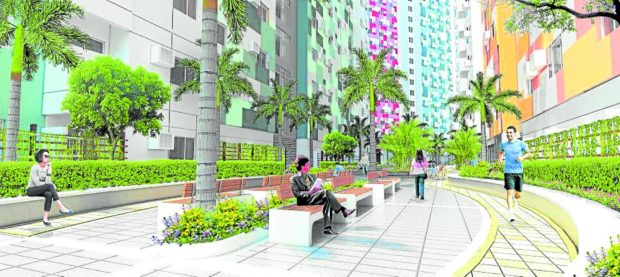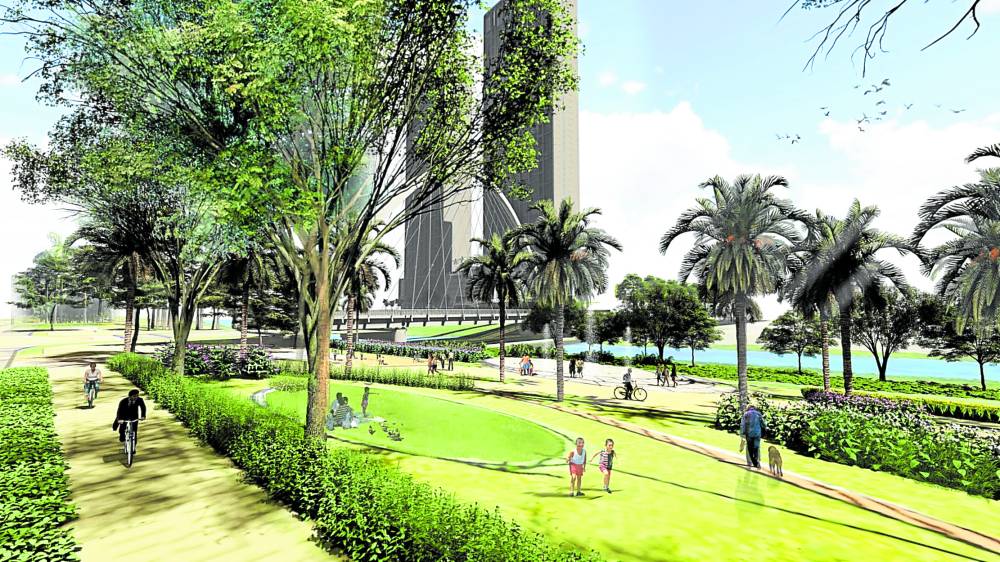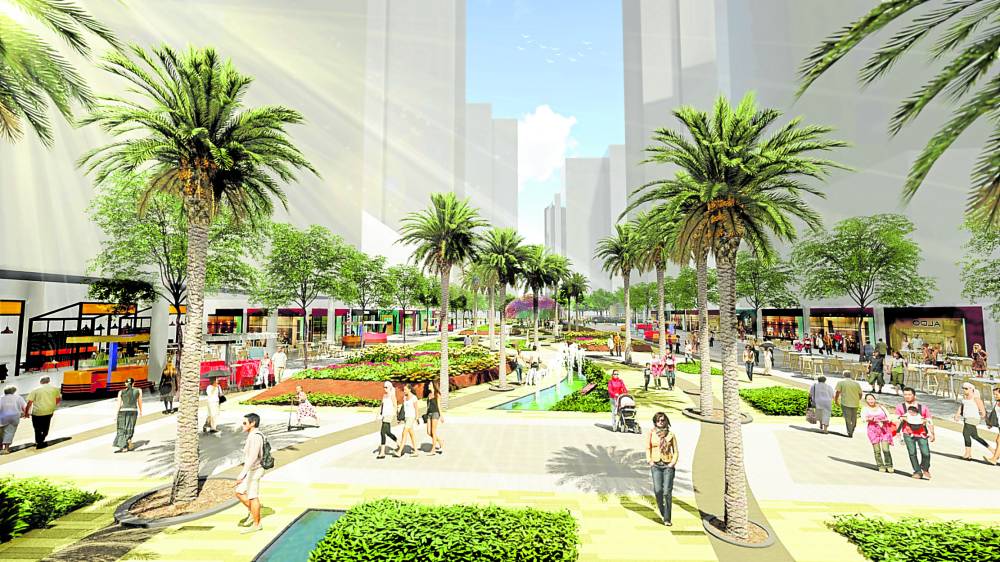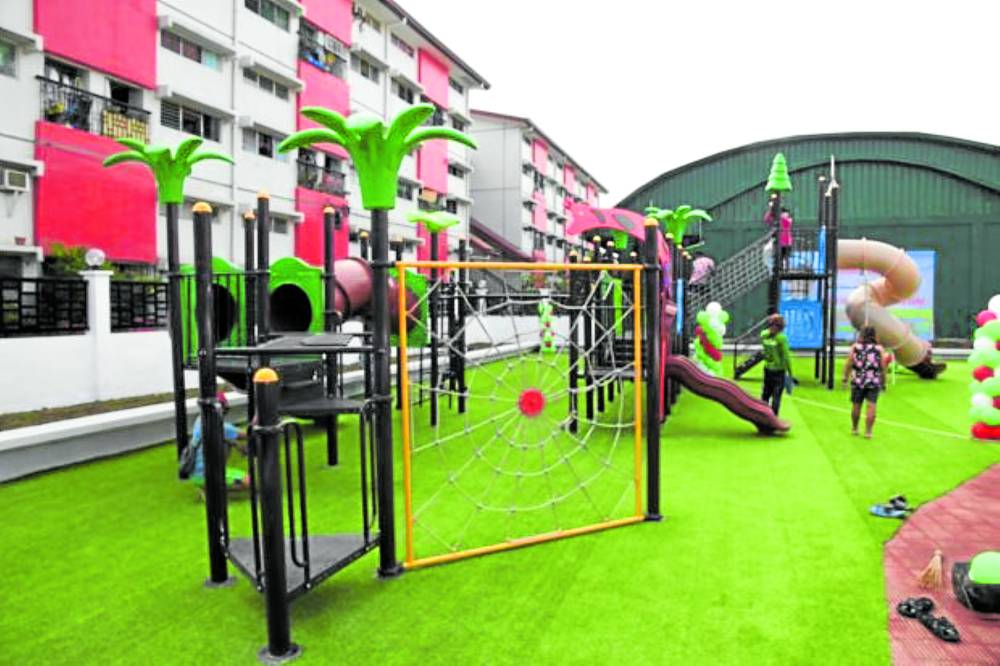How new urbanism takes the ‘unity’ in community
In the same manner that there are specific attributes that a “house” needs to meet before it can be called “home,” so does a “neighborhood” before it becomes a “community.”
Social doctrine of new urbanism
New urbanism, an umbrella term spanning “traditional neighborhood design” and “neo-traditional development,” promotes a reformulated philosophy on designing communities that have the power to address current civic issues, build a reputable social capital, and rescue a community spirit getting lost in time and technology.
New urbanism creates a smooth transition of a neighborhood that strives to transform into a full-fledged community. A neighborhood refers to a group of people living near one another, connoting a geographical context.
In contrast, a community is a group of people with common interests living in a particular area. What makes a community special emphasizes social and face-to-face interactions among residents, thereby adding a sense of community, or even attachment, to the mix.
The intangible factor of transforming the neighborhood into a community is challenging among urban planners and designers, whose output generally deals with the built environment. How do real estate projects execute a sense of community with the built environment as its primary catalyst?
Why distance matters
The pandemic has shown us the impact of close-knit or isolated distance in reaching the common good. In the case of urban parks, distance or proximity affects which neighborhoods receive the utmost benefits from these urban parks.
For the longest time, urban planners used parks to restore and facilitate social interaction and bonding among neighbors. The closer a home is to an urban park, the greater positive feelings it will result—more so if it is within the immediate vista from a window. This means that the effects of urban park proximity can be achieved regardless of the frequency of visitation. The very spot of people congregating in a landscape-filled scenery can induce feelings of curiosity and vibrancy, further bringing life to an otherwise unused open space.
A journey as important as the destination
Urban parks are indeed powerhouses of community empowerment, but the path of getting there is just as critical. With walkable streets, residents’ face-to-face encounters and casual social interactions are increased. The presence of adequate public transportation further expands these opportunities to the more outstanding parts of a locality.
In connection with walkability lie concerns about how compact a neighborhood should be. While there is no rule set in stone, an ideal rule of thumb would be to harmonize the built environment with its people’s human scale, social manners, and customs.
A neighborhood, whose majority of residents are senior citizens, would benefit from ample group seating amenities. In contrast, a neighborhood dominated by starting families would prefer playgrounds adjacent to shaded seating areas where they can watch their children. Whichever social demographic fits, the point is to encourage people to interact with their surroundings. Only then can the former effectively interact with each other.
Bringing education to the streets
While social inclusion greatly determines the present sense of community within a place, enthusiasm for continuous learning is pivotal for securing a future understanding of community–especially when the novelty of a new place is long gone, and its population is evolving.
Understanding that community gatherings and workshops remain the superior form of continuous learning, amenities where people can hold medium- to large-scale discussions such as community centers, pavilions, and multi-purpose halls would be ideal. Residents can also install little free libraries where learning is a recreational interest more than an academic one.
A place that grows from unity
As the leading proponent of the ideology that private communication networks cannot replace real, physical neighborhoods, new urbanism speaks in itself about the importance of effectively designing not just shelters where people turn to for protection, but homes whose occupants foster healthy relationships with themselves, the community, and the environment.
The author is the principal architect at Fulgar Architects, pioneering unique and metamodern design specialties for various real estate projects from hospitality, condominiums, museums, and commercial to mixed-use township developments in the Philippines. He collaborates with multiple industry specialists to develop joint venture opportunities for landowners and investors. Please visit www.ianfulgar.com





